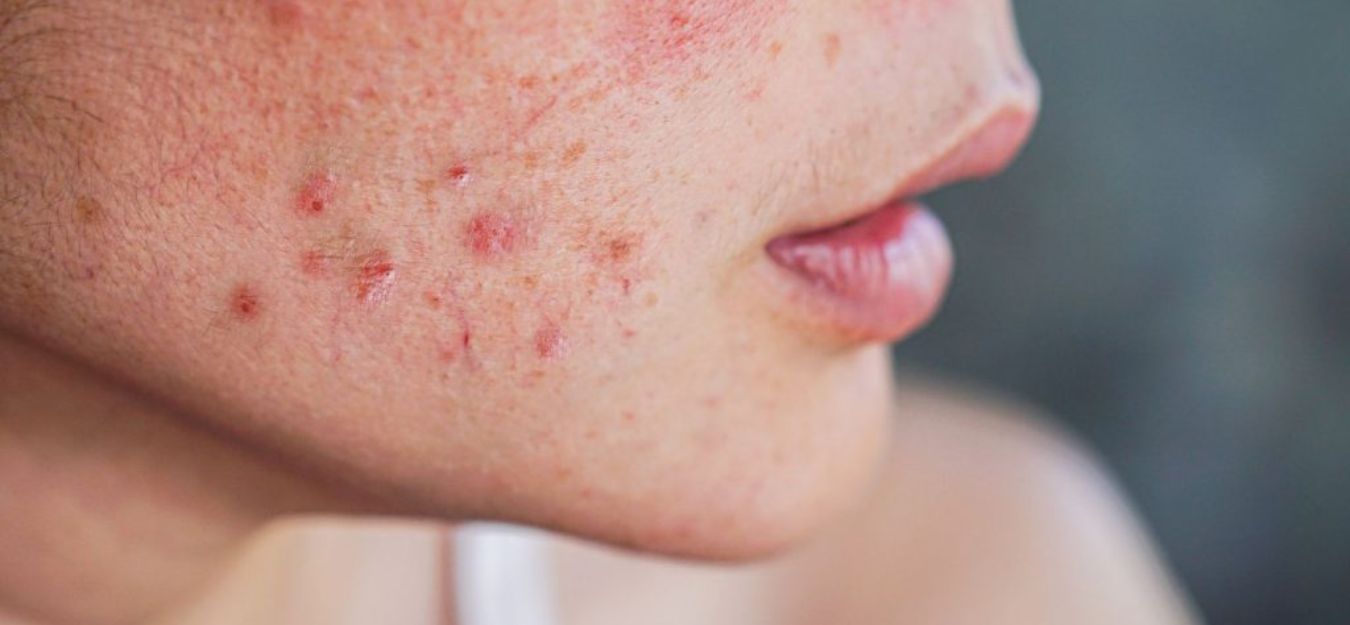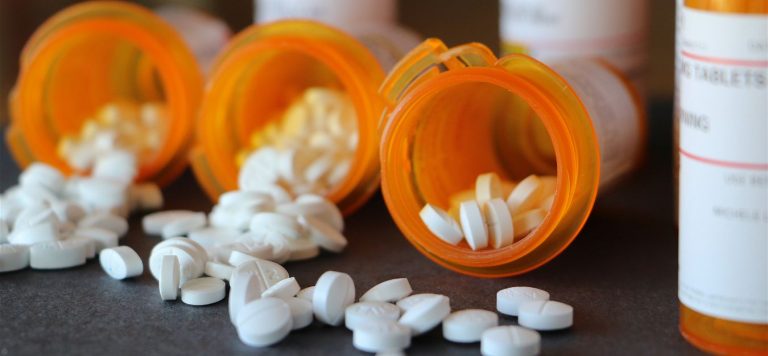Tips for Living Well
Hidradenitis Suppurativa Treatments
Hidradenitis suppurativa or acne inversa is a chronic skin condition that occurs in 0.1-1% of the U.S. population. It is a chronic, inflammatory skin condition affecting the hair follicles and sweat glands, leading to inflammation and causing painful nodules, boils, cysts and abscesses.
These lesions are usually seen in the armpits, groin and buttocks. These lumps can be painful and debilitating. Anyone can have hidradenitis suppurativa, but most cases occur among women and young adults. Women are three times more likely to develop the disease compared to men.
Even though hidradenitis is not life-threatening, it remains to be a significant public health issue because its effects can lead people to be insecure about their inflammatory skin. Hidradenitis suppurativa acne and other lesions can rupture and cause scarring, which can cause insecurity and discomfort.
Hidradenitis suppurativa is a chronic skin condition, hidradenitis suppurative acne and other lesions can recur and this has a significant effect on a person’s quality of life and emotional well-being.
This article will explain the symptoms and how to treat hidradenitis suppurativa.
Symptoms of Hidradenitis Suppurativa
Symptoms of hidradenitis suppurativa include nodules, abscesses, cysts, or bumps in areas with sweat glands, such as the armpits, buttocks and groin. There is redness and swelling around the lesions and foul-smelling discharge may be noted. These lesions may rupture, causing scarring and thickening of the skin. There can be noted pain upon movement or exercise.
Treatment Options for Hidradenitis Suppurativa
There is no definite cure for treating hidradenitis suppurativa. Treatment is directed at easing symptoms and preventing complications, recurrences and prevent progression of the disease. There are different hidradenitis suppurativa treatments available and each treatment option has its pros and cons. This article will discuss the different hidradenitis suppurativa treatment options, from conservative management to medical procedures.
Lifestyle Modifications
Lifestyle changes help indirectly by helping in preventing complications and decreasing the recurrence of the disease.
Examples of lifestyle changes that can be done include:
- Avoiding vices such as smoking.
- Eating a healthy diet, maintaining a good weight and wearing loose clothing.
- Wearing loose clothing can help minimize friction and stretching of the skin which can rub against the affected areas and exacerbate pain.
- Other irritants that can be avoided include fragrances and shaving. Avoiding shaving can also decrease the risk of infection as shaving can cause cuts that can be points of entry for pathogens.
Home Remedies
Acne inversa can be a painful skin condition. Home remedies to help soothe the pain include:
- Warm compress and salt baths.
- Maintaining hygiene and good skin care by keeping the lesions clean using antibacterial soap and water can help prevent infections.
These home remedies can be helpful and prevent further discomfort in people with hidradenitis suppurativa. Lifestyle changes, good skin care and other home remedies are safe, cost-effective and can improve overall health. However, they might not be enough to manage inflammatory skin, especially in moderate to severe cases. For these, medical management may be needed.
Topical Medications
Topical medications are directly applied to the affected lesions. There are a variety of topical medications that can be given to patients with acne inversa. It helps reduce flares and inflammation aside from treating the infection. Topical medications may include antibacterial washes and topical corticosteroids to address inflammatory skin and relieve itching.
Topical retinoids were initially given to unclog hair follicles and reduce inflammation, however, guidelines do not recommend this anymore. Guidelines found that chlorhexidine, benzoyl peroxide and zinc pyrithione antimicrobial washes are found to be useful and effective. Topical antibiotics such as clindamycin and topical steroids such as triamcinolone are also found to be helpful.
Topical medications are generally safe and have few side effects. However, they may take some time to show results and may not be effective for all patients with acne inversa.
Systemic Medications
Topical medications may not be enough for some patients with acne inversa. In these cases, systemic medications may benefit. These are medications that are given either by mouth or through injection. Systemic medications are recommended for moderate to severe cases of hidradenitis suppurativa, or for cases not relieved by topical medications. Examples of systemic medications include antibiotics, hormones, oral retinoids and immunosuppressants.
Examples of antibiotics include tetracyclines, combination therapy (clindamycin with rifampin or a combination of moxifloxacin, metronidazole and rifampin), or dapsone. Having a doctor prescribe these medications is important to avoid antibiotic resistance.
Examples of hormones helpful in acne inversa include oral contraceptives or antiandrogens. These include ethinyl estradiol with norgestrel and ethinyl estradiol with cyproterone acetate. Patients with acne inversa can benefit from hormonal therapy because theories link the involvement of hormones to the occurrence of the disease. It is important to consult your physician first before taking any hormonal medications.
Immune-modulating medications can decrease the occurrence of inflammatory skin and prevent the recurrence of new lesions. Adalimumab is a notable immunosuppressant found to help patients with acne inversa.
Systemic medications are effective for moderate to severe cases of acne inversa. However, they can have side effects, are expensive and may require physician clearance and monitoring.
Surgical Treatment
Surgical treatment is considered for severe or persistent hidradenitis suppurativa. It is also usually the next step in management if symptoms do not respond to topical or systemic medications. Surgical treatment may include incision and drainage of abscesses or cysts, laser therapy that can remove damaged tissue and surgical excision of the affected tissue.
Surgery can prevent recurrence and can provide long-term relief. However, surgical treatment is often invasive and aggressive. It is also expensive and may require longer recovery time and frequent physician follow-ups. It also has some complications such as bleeding, the risk of infection and scarring. Not everyone can undergo surgery as well due to its risks. It is important to check with your physician to see if surgery is a treatment option for you.
Each hidradenitis suppurativa treatment has its advantages and disadvantages. Treatment of hidradenitis suppurativa can be difficult. Treatment options may vary from patient to patient and are often individualized depending on a person’s needs and circumstances. It is important to discuss hidradenitis suppurativa treatment options with your physician to develop the best course of action and best plan of care.
Article Resources
- Hidradenitis Suppurativa
- Hidradenitis suppurativa
- Emerging drugs for the treatment of hidradenitis suppurativa
- Topical therapies in HS
- Incidence of hidradenitis suppurativa in the United States: A sex- and age-adjusted population analysis
- What is hidradenitis suppurativa?
- Complementary and Alternative Medicine Use in Patients With Hidradenitis Suppurativa
- Hidradenitis Suppurativa: Current Understanding of Pathogenic Mechanisms and Suggestion for Treatment Algorithm
- Hidradenitis Suppurativa (HS)
- Hidradenitis Suppurativa: Causes, Features, and Current Treatments
- Hidradenitis suppurativa: a review of cause and treatment

